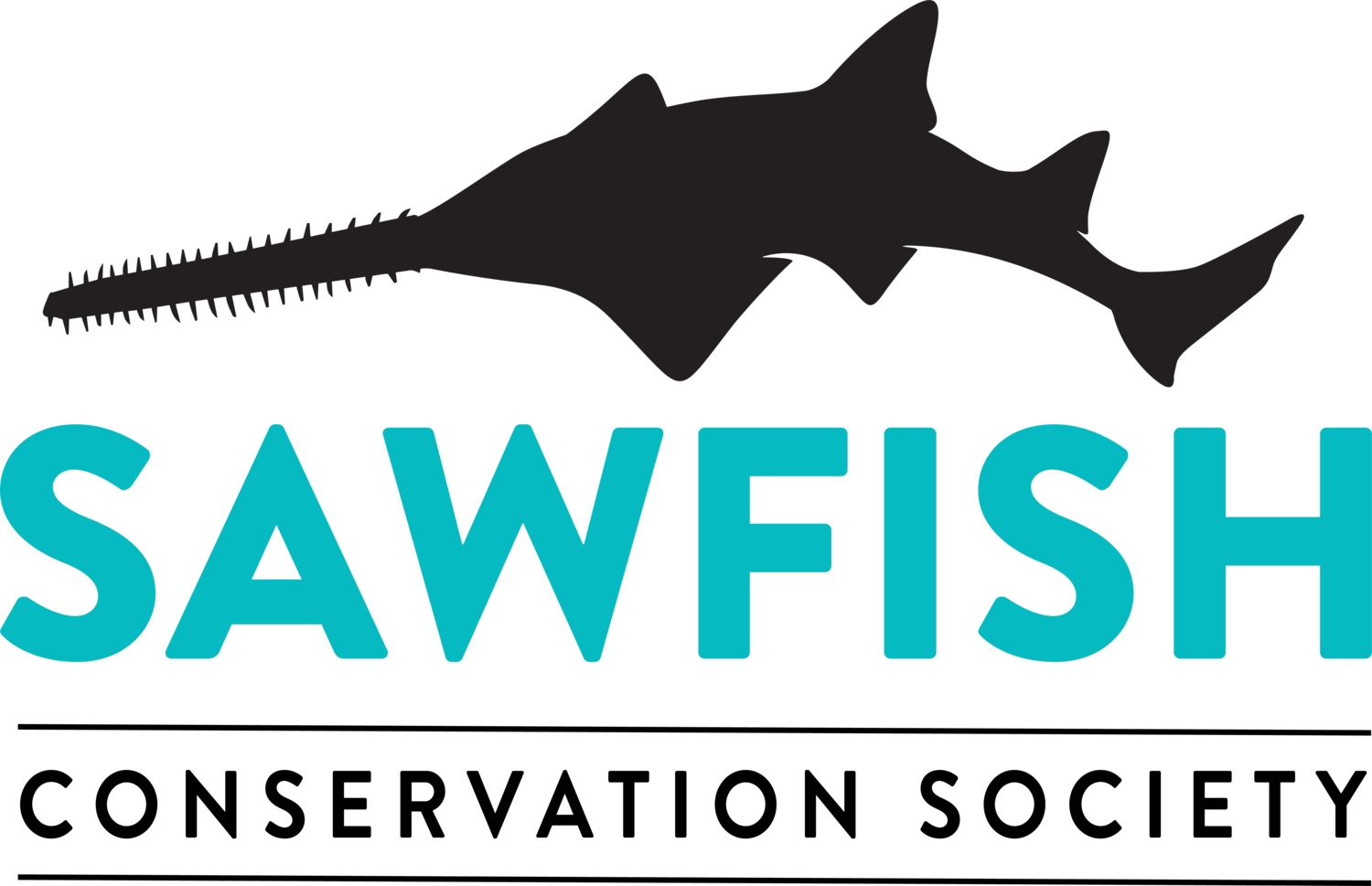Looking for Sawfish in Costa Rica
 By Mario Espinoza & Jorge Valerio
By Mario Espinoza & Jorge ValerioCenter for Research in Marine Sciences and Limnology & Biology School, Universidad de Costa Rica, 11501-2060 San José, Costa Rica.
Our project “Looking for Sawfish in Costa Rica” started late 2015, as an initiative of the Universidad de Costa Rica, in collaboration with Conservation International and “Misión Tiburón”, two local Non-Governmental Organizations. The project aims to promote a National Sawfish Conservation Strategy, which could eventually expand to other countries in Central America. Given global declines of Sawfish populations due to overfishing and habitat degradation and/or loss, its crucial to identify sites in Costa Rica that may still hold a viable population. It is also crucial to identify the main threats affecting their survival. This will be essential to develop effective management and conservation strategies that may ensure the future of Sawfish.
This important conservation strategy has two main goals: (1) evaluate the current conservation status of Sawfish in Costa Rica; (2) educate and raise awareness to Costa Ricans about the importance of protecting Sawfish, mainly through talks, workshops, and the use of social media. The success of this project will depend on the degree of awareness of Costa Ricans towards Sawfish, the ecological role this species play in aquatic ecosystems, major threats affecting their survival, and their conservation status. Only then we may ensure a brighter future for the species.
 |
| Project outreach is being conducted in primary and secondary schools. |
The information gathered through the interviews done so far demonstrate that in Costa Rica the Sawfish main threats continue to be fishing nets, habitat destruction, and climate change which has affected river discharges and water temperature. Its historical distribution was much broader than what we expected, being a very common species in many riverine and coastal ecosystems in both shores and in the north part of the country, while its current distribution appears to be more restricted to only a few sites. Recent sightings (<2 years) of Sawfish are concentrated at two main sites: (1) the north of Costa Rica, near the Nicaraguan border; and (2) the “Humedal Nacional Térraba Sierpe”, one of the most important wetland of Central America, located in the South Pacific. Information on the distribution of this species is necessary to continue with the next phase of the project, which includes field expeditions. Interviews have also served to evaluate people’s perception of this important species and to identify the main threats that affect the health of their populations.
 |
| Recent Sawfish (Pristis pristis) capture in Boca Tapada, San Carlos, northern part of Costa Rica (March 2016). |
Sawfish are still present in Costa Rica, but their future is uncertain. Help us save our Sawfish! Together we can make a difference!
A Spanish version of this blog post is available at: http://sawfishconservationsociety.blogspot.ie/2017/01/en-busca-del-pez-sierra-en-costa-rica.html

